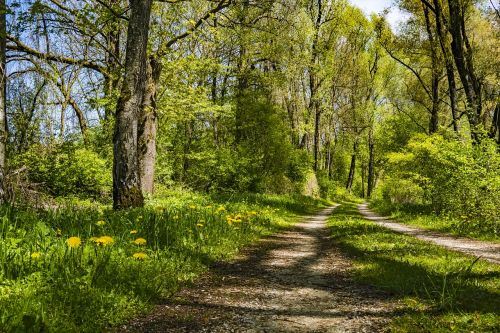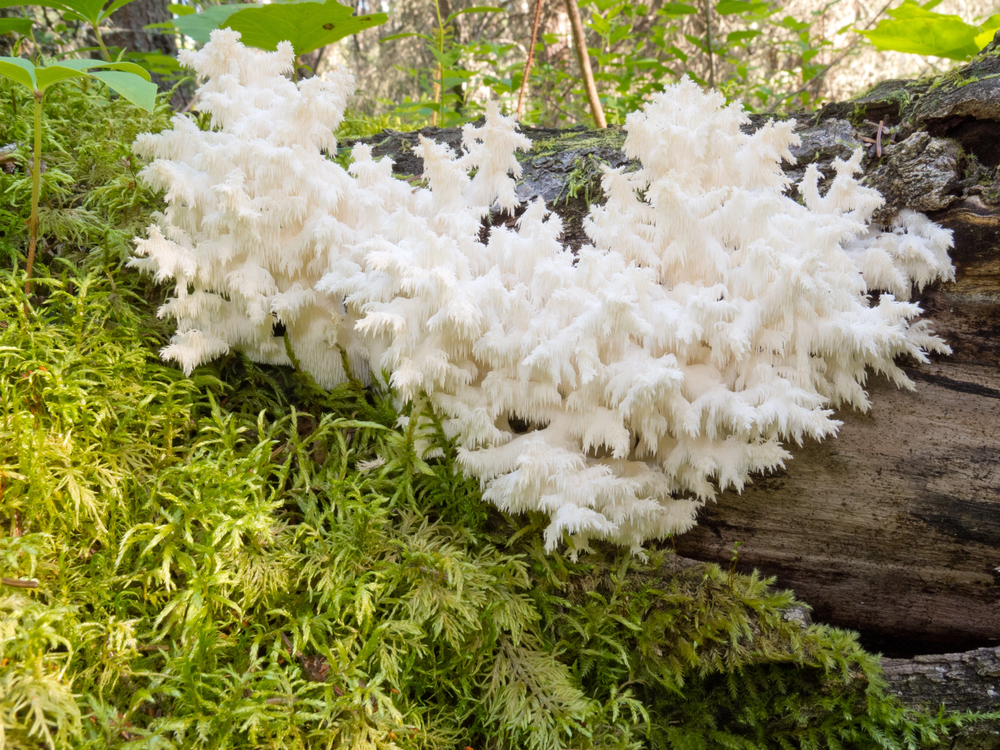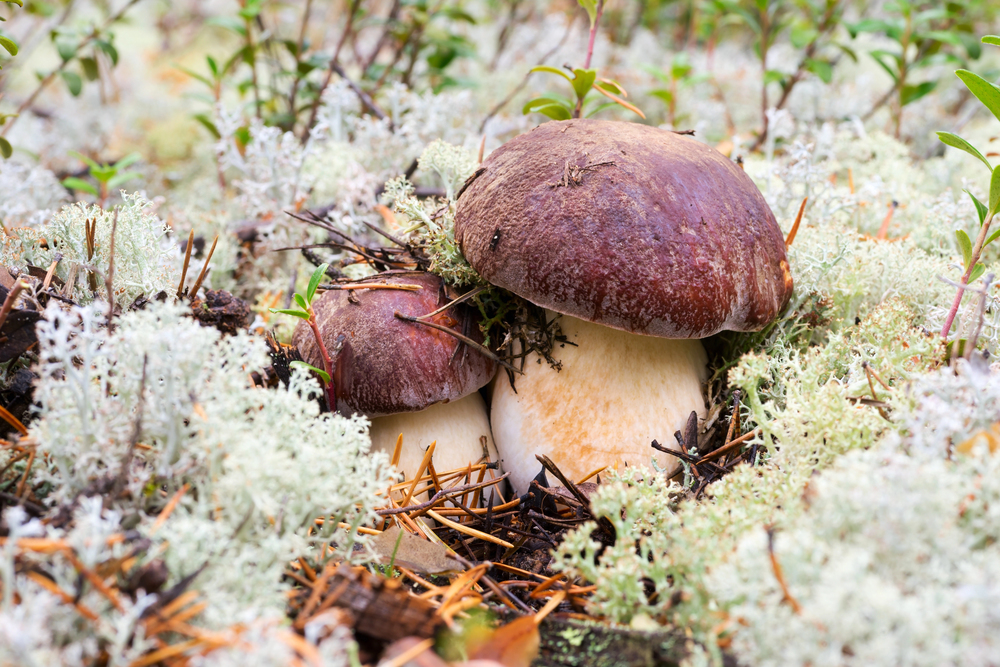Harvesting mushrooms can be made more efficient and safer with the right tool, like a mushroom knife. This specialized tool is designed with a sharp blade and unique features to help navigate the forest floor with precision.
Let’s explore how to use a mushroom knife to enhance your mushroom hunting experience.
Choosing the Right Mushroom Knife
As you venture into the wilderness for mushroom foraging, consider a knife with a curved blade for easy cutting of stems and roots. The curvature helps in slicing mushrooms smoothly without damage.
Opt for a stainless steel blade for durability and rust resistance, ideal for outdoor use. Ensure the knife handle is comfortable and non-slip for a secure grip in damp conditions.
Choose your mushroom knife wisely to empower your foraging adventures confidently.
Mastering Different Mushroom Cutting Techniques
Mastering various mushroom cutting techniques is important for maximizing the efficiency of your mushroom knife. When slicing mushrooms, use a sharp knife for clean cuts without damaging the flesh. Hold the mushroom steady with one hand and use a smooth rocking motion to slice through effortlessly. For dicing mushrooms, start with even slices, then stack and cut across for uniform cubes.
For sautéing, cut mushrooms into consistent pieces by quartering the caps and slicing thinly. When stuffing mushrooms, carefully remove the stems and chop them finely to incorporate into the stuffing mixture.
There are several different techniques for using a mushroom hunting knife effectively:
- Cutting: One of the most common techniques for using a mushroom hunting knife is cutting the mushroom at the base of its stem. To do this, carefully hold the mushroom with one hand and use the knife to cut the stem close to the ground. Make sure to cut cleanly to avoid damaging the mycelium underground.
- Trimming: Some mushrooms may have dirt, debris, or tough parts that need to be trimmed before consumption. Use the knife to carefully trim off any unwanted parts of the mushroom, such as the base of the stem or any damaged areas.
- Slicing: For larger mushrooms that need to be sliced for cooking or drying, use the knife to slice the mushroom into thin, uniform pieces. This technique is useful for mushrooms like porcini or chanterelles that are often sliced before cooking.
- Digging: Some mushrooms, like truffles, grow underground and require digging to harvest. Use the knife to carefully dig around the area where the mushroom is located, being mindful not to damage the delicate truffle.
- Brushing: Before using the knife, gently brush off any dirt or debris from the mushroom using a soft brush. This will help keep the mushroom clean and free of contaminants.
- Safety: Always handle the knife with care and attention to safety. Make sure the blade is sharp and clean to prevent accidents while using it. When not in use, store the knife in a sheath or secure location to avoid injuries.
Overall, using a mushroom hunting knife requires precision, care, and attention to detail to ensure a successful and enjoyable mushroom hunting experience. By mastering these different techniques, mushroom hunters can safely and effectively harvest a variety of mushrooms for culinary or recreational purposes.



